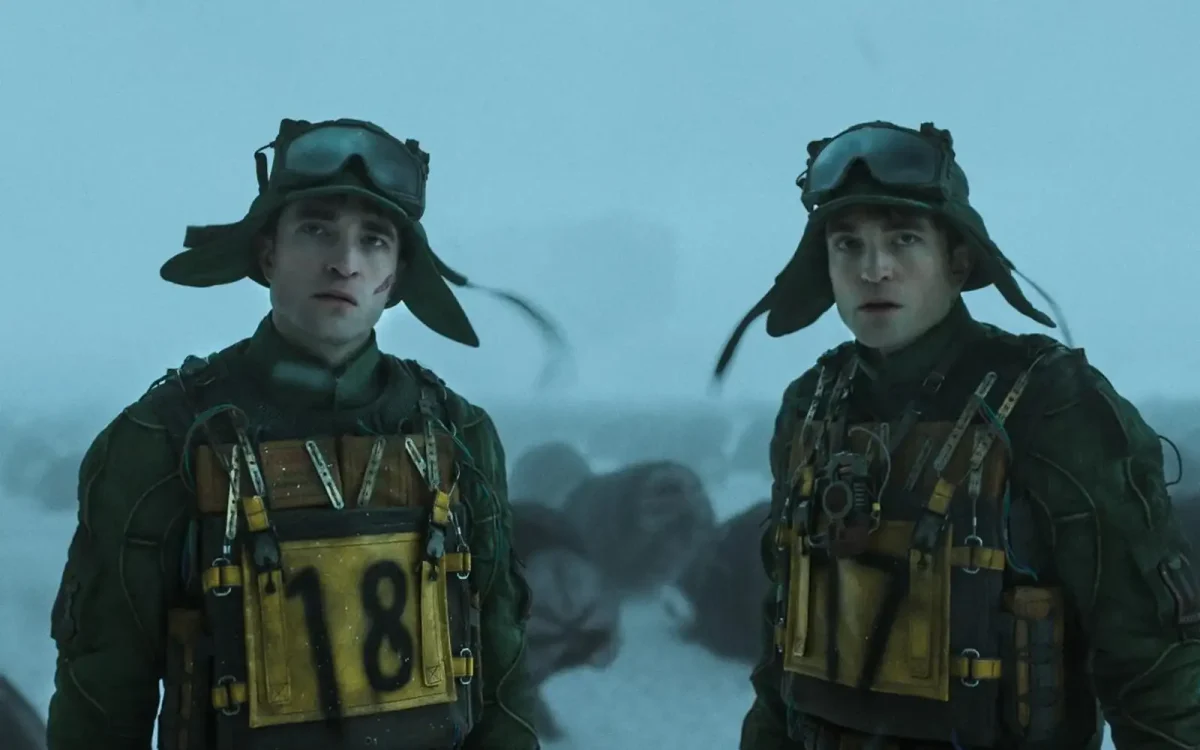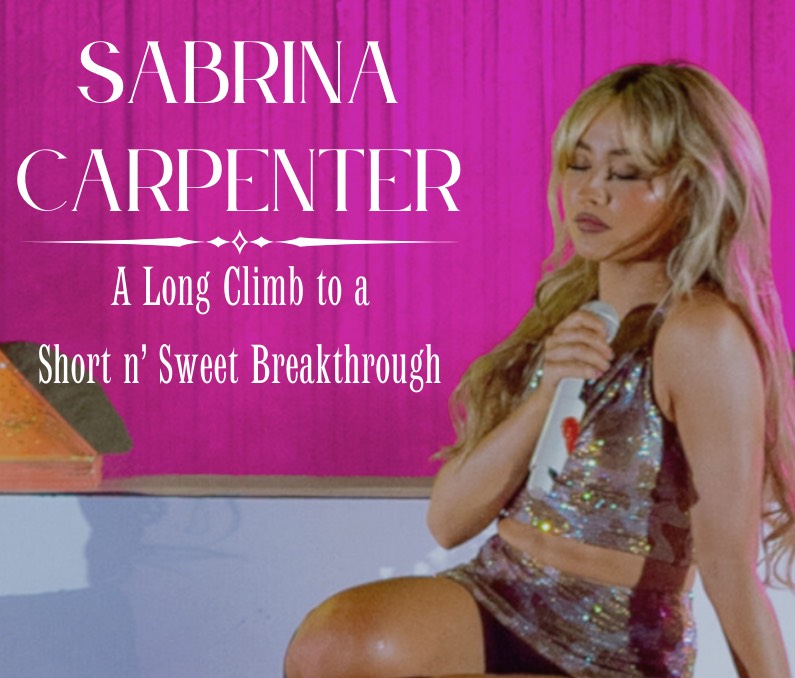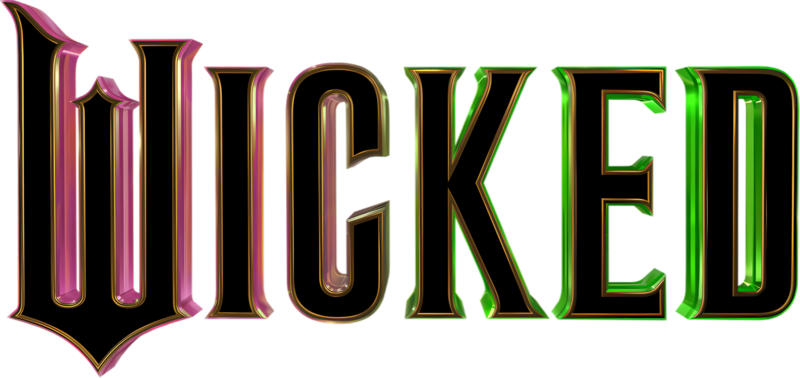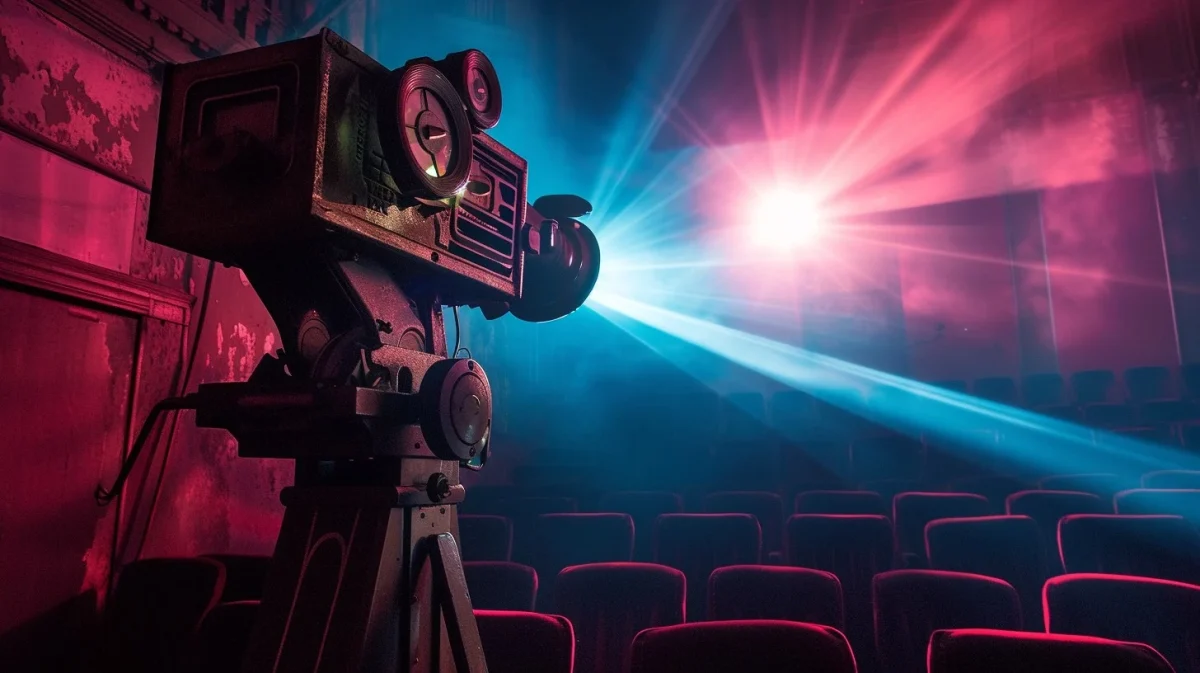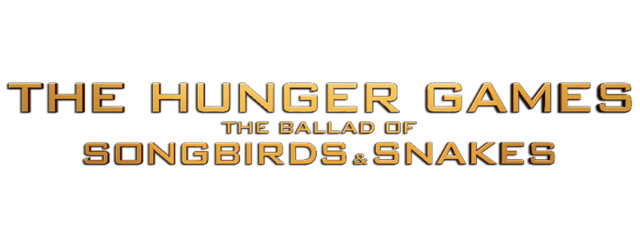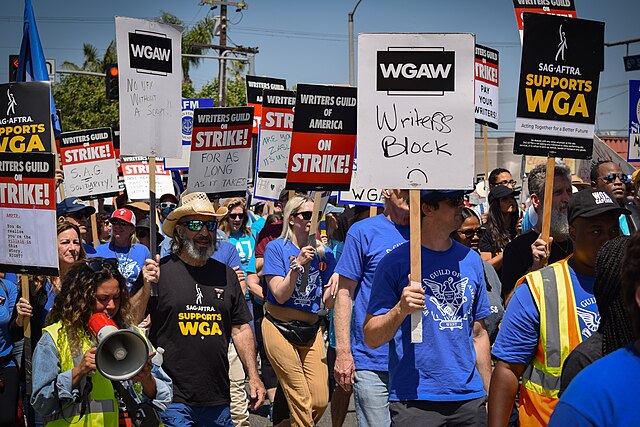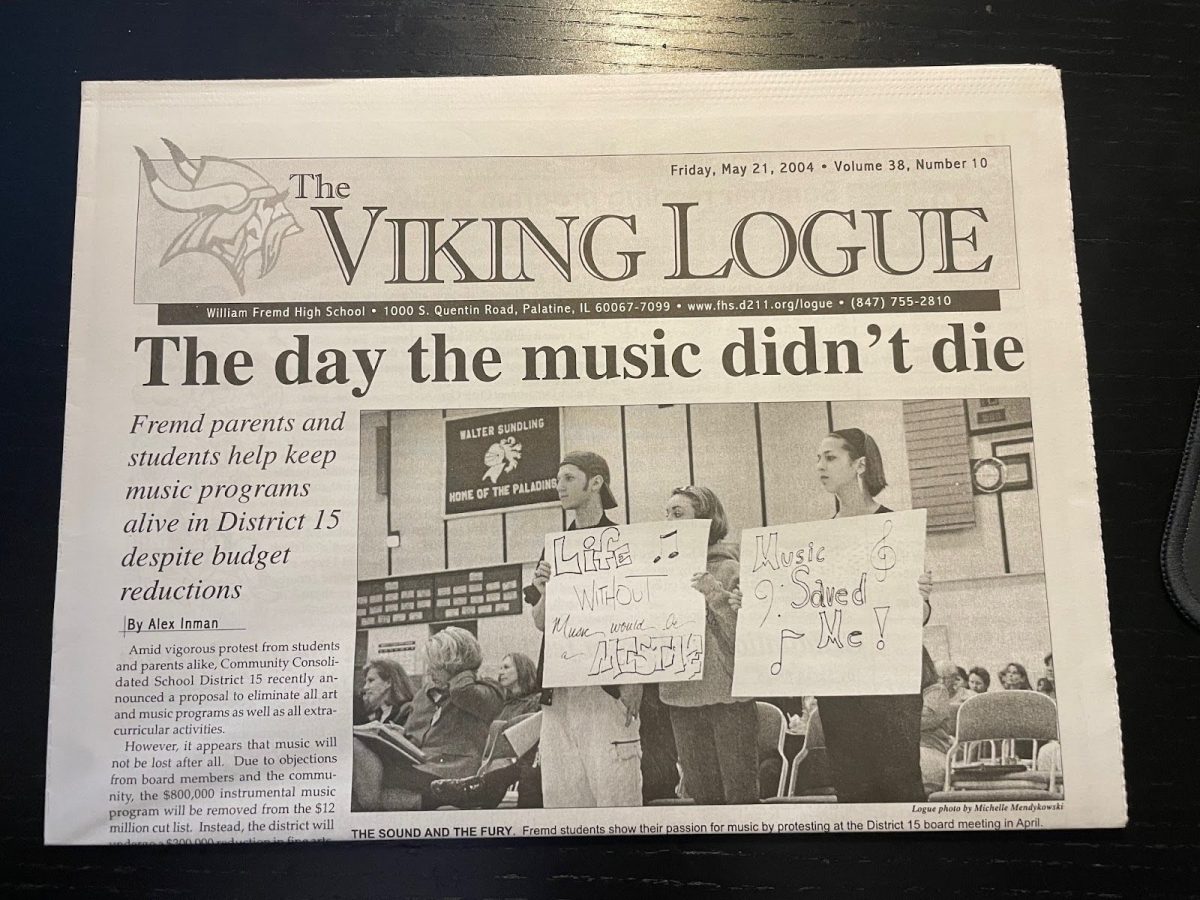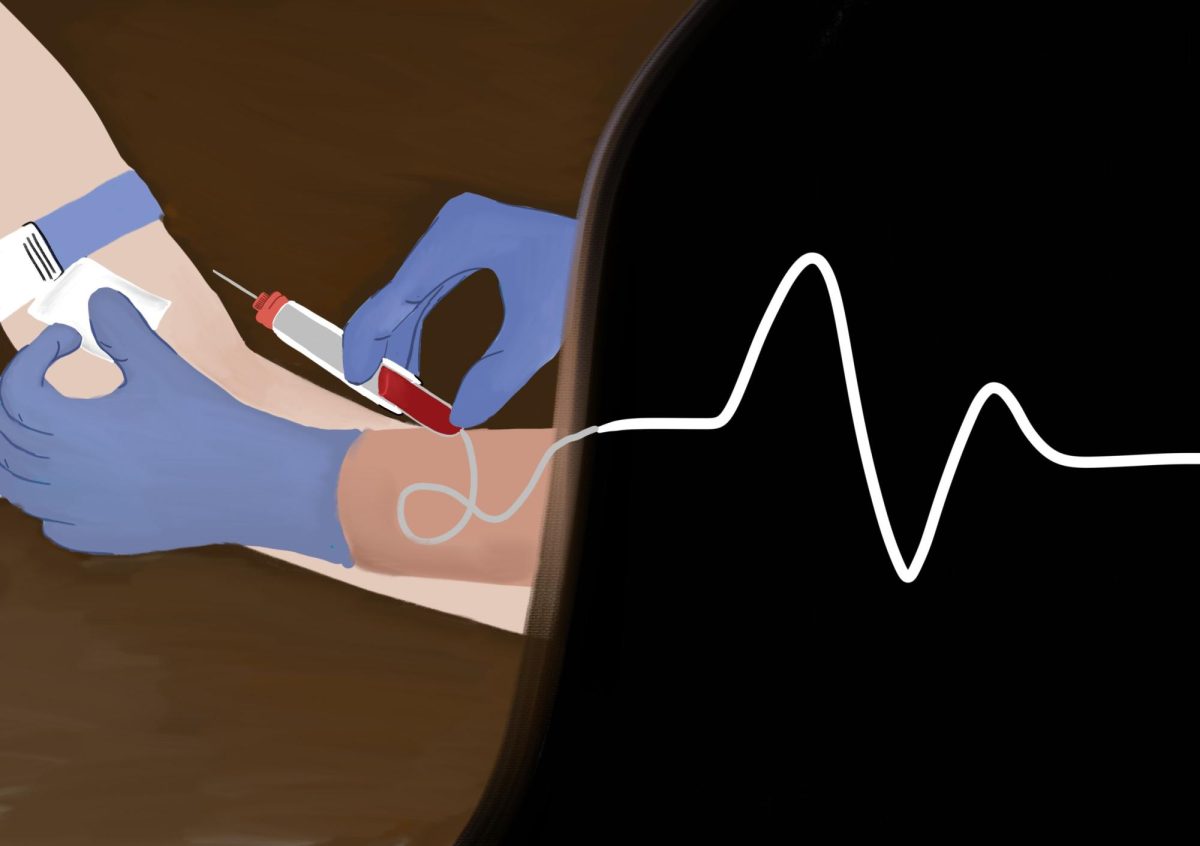“Can you find the wolves in this picture?” Ernest Burkhart (Leonardo DiCaprio) reads to himself in the official teaser for Martin Scorsese’s Killers of the Flower Moon, voicing over a daunting group-portrait of lawyers, jurors, and government officials harboring untamed greed. The film follows these “wolves” hiding in plain sight, deepening their wallets as they unflinchingly uproot generations of Osage families. In his adaptation of David Grann’s book of the same name, Scorsese returns to well-trod ground, reframing Grann’s narrative to focus more on the villainous perpetrators of violence rather than the persevering victims, or the investigation that follows their murders. Despite that, or possibly because of it, Flower Moon is a monumental, relentless glimpse into the not-so-distant past.
During pre-production, Scorsese traveled to Pawhuska, Oklahoma to meet with Osage Nation’s Principal Chief Geoffrey Standing Bear to discuss how to best incorporate Osage Nation into the film. He had Osage language coaches on set, teaching actors how to accurately portray their characters, going as far as coaching them on the specific walks their real-life counterparts might’ve had. The dedication in making the film and depicting its Osage characters as accurately as possible is commendable, and a huge factor in making the film feel as real as it does. The energetic, bluesy soundtrack composed by Robbie Robertson sets the perfect scene for the crime drama. Scorsese handles his source material deliberately and considers Flower Moon one of his best projects, which may not be true, but it certainly is his most thought-out and could soon become his most significant.
No amount of research can compensate for the authenticity an Osage director could’ve provided to the film. Inarguably, an Osage director would’ve come from a different perspective, and, as a result, made a completely different film. Scorsese doesn’t try to replicate the emotions a descendant of the tragedy would’ve felt, and, in fact, replaces it with his sense of guilt. The white villains of the film have more screen time, more dialogue, and overall more attention given to them. This does not mean they’re glorified, or even mildly sympathetic, since they’re either cartoonishly evil (Robert DeNiro as William Hale) or just plain stupid (DiCaprio as Ernest). Scorsese rightfully sticks to what he knows — exploring the evil of his people rather than the anger of other communities — and any attempt to do otherwise would’ve felt insincere. The film ends with a cameo by Scorsese himself, reading Mollie Burkhart’s eulogy, almost apologizing for having to be the one to tell the story we just watched.
Although Scorsese distances himself from the Osage characters in the film, the best part of Flower Moon, unquestionably, was getting to witness Lily Gladstone as Mollie. Despite sharing the screen with big names like DiCaprio and DeNiro, it’s her presence that really makes the film. Gladstone, and many other lesser known actors, steal the show (like Cara Jade Myers as Anna, who doesn’t even have a Wikipedia page), and hopefully this film leads them to more roles and bigger opportunities.
The film falls just short of three-and-a-half-hours, and as attention spans shorten, that’s more than enough to get a film ignored until it comes to streaming and people can watch it 15-minutes at a time. Scorsese, with his sixth film crossing the three-hour mark, reminds you that even a slowburn can howl with energy. It’s hard to deserve a runtime that long, and yet, as the film ends and all wolves are forced out of hiding, you’re left wishing Scorsese kept it going just a little longer.




